

Best Soil Types for Growing Japanese Camellia Trees in Different Climates
Introduction
Japanese Camellia (Camellia japonica) is a stunning shrub, loved for its beautiful blooms. Gardeners adore this plant for its elegance and versatility. However, the right soil type is crucial for robust growth and vibrant flowers. In this section, we will focus on the soil requirements for Japanese Camellias across varying climates.
Before you plant, consider getting a soil pH test kit. It’s like giving your soil a mini check-up! Knowing your soil’s pH can save you a lot of trouble down the road, ensuring your Camellias are happy and healthy.
Summary and Overview
Choosing the correct soil is vital for the health of Camellia trees. The right soil supports strong root development and flowering. Different climates have unique soil conditions that can affect growth. Japanese Camellias adapt well to various soil types but thrive best in specific conditions. Proper drainage and pH levels between 5.5 and 6.5 are essential for their success. In this article, we will cover ideal soil compositions, pH importance, and practices for different climates.
To help your Camellias reach their potential, consider adding organic compost to your soil. This will enrich the nutrient content and improve overall soil health, making your Camellias bloom like never before!
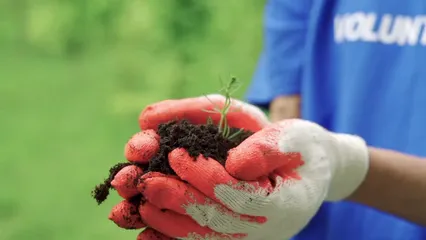
Understanding Japanese Camellia Trees
Overview of Camellia japonica
The Japanese Camellia, scientifically known as Camellia japonica, is an evergreen shrub native to East Asia. It commonly grows in shaded woodland areas, making it ideal for gardens that offer similar conditions. These shrubs can reach heights of 6 to 12 feet and are known for their glossy leaves and large, showy flowers. The historical significance of Camellia japonica is notable; it has been cultivated for centuries and symbolizes beauty and love. This plant is perfect for gardeners seeking flowering shrubs that provide year-round interest. With many Camellia varieties available, it’s a popular choice for creating stunning landscapes.
Ideal Soil Composition
Japanese Camellia trees flourish in various soil types, but they prefer well-draining soils. Loamy, sandy, and even clay soils can work, provided they are rich in organic matter. Organic matter is crucial as it enhances soil structure and nutrient availability. This creates a hospitable environment for roots.
Drainage is vital. Poor drainage can lead to root rot, a common issue for Camellias. Aim for a soil composition that is approximately 50% organic matter, 25% sand, and 25% clay for optimal growth. This combination allows for good moisture retention while preventing waterlogged conditions.
Moisture retention is also key. Camellias appreciate consistent moisture but dislike soggy roots. Incorporating materials like perlite for drainage or pine bark mulch can improve drainage and aeration. Nutrient availability is essential too. Regularly adding compost or well-rotted manure can enrich the soil, promoting vibrant blooms.

For more information on improving soil health, check out this guide on composting basics for improving soil health.
By ensuring these conditions, you set the stage for healthy, thriving Camellia trees.
Soil pH and Its Importance
The ideal pH range for Japanese Camellia trees is between 5.5 and 6.5. This slightly acidic environment is critical for optimal nutrient absorption. When the pH is too high, essential nutrients become less available, leading to deficiencies.
Testing your soil pH is the first step. You can use a simple soil test kit from a garden center. If your soil is alkaline, consider amendments like sulfur or peat moss to lower the pH. Lime can raise pH levels if your soil is too acidic.
Alkaline soils can seriously hinder growth. Symptoms of improper pH include yellowing leaves and poor blooms. Regularly monitor your soil conditions and make adjustments as needed. This proactive approach ensures that your Camellias receive the nutrients they need for robust growth and stunning flowers. Proper pH management is essential for thriving, beautiful Camellias.
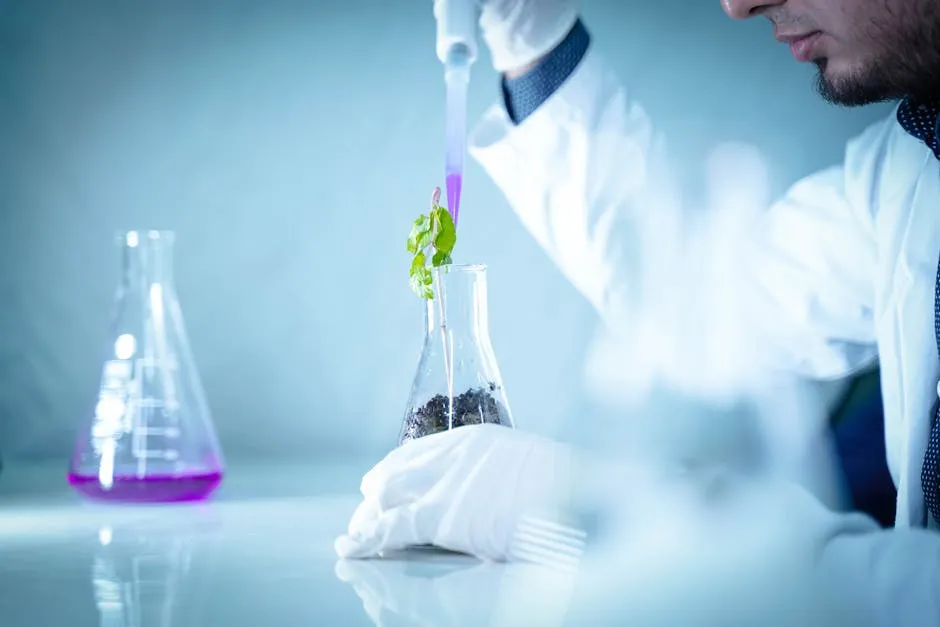
Best Soil Practices for Different Climates
Growing in Cooler Climates
For Japanese Camellia trees in cooler regions, like Zones 6-7, focus on soil drainage and frost protection. Camellias thrive in well-draining soil to prevent root rot. When planting, ensure the depth allows the root ball to sit slightly above ground level. This helps with drainage and reduces the risk of frost damage.
Mulching is crucial in these climates. Use a 2-3 inch layer of organic mulch, like shredded leaves mulch, around the base. This conserves moisture, maintains soil temperature, and protects roots from freezing.
Consider soil amendments if you have heavy clay. Mixing in compost can improve drainage and nutrient availability. Additionally, during winter, cover the plants with burlap for frost protection to shield them from harsh winds and extreme cold. With these strategies, your Camellias can flourish through the chillier months.
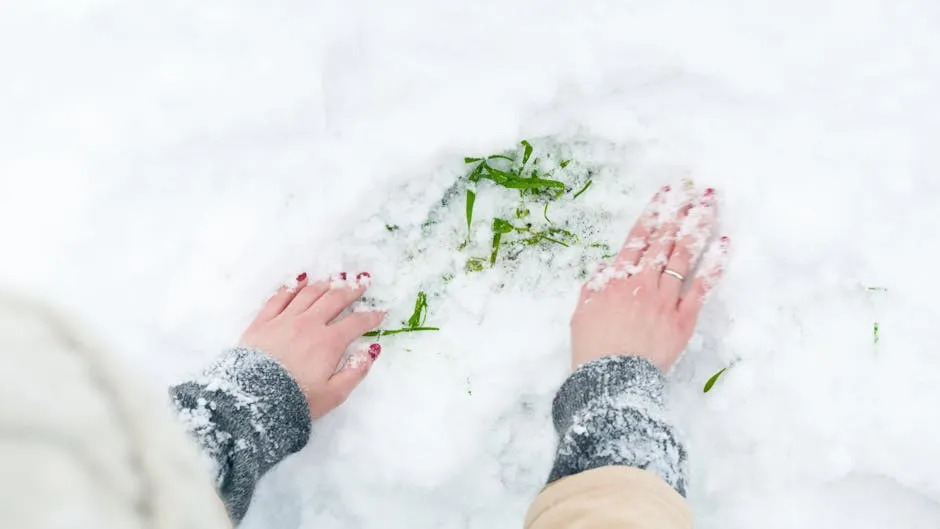
Growing in Warmer Climates
In warmer climates, specifically Zones 8-10, Japanese Camellias need moisture retention and some shade. These areas often experience higher temperatures and humidity, which can stress plants. Use soil that retains moisture while maintaining good drainage. A mix of loamy soil with organic matter works best to achieve this balance.
Watering practices are vital. Water deeply to encourage roots to grow downwards. This helps the plant withstand heat stress. During particularly hot spells, increase watering frequency. A reliable watering can can make this task easier!
Companion planting can also provide shade and protection. Consider planting alongside larger shrubs or trees that can offer dappled sunlight. This environment keeps your Camellias healthy and vibrant, ensuring beautiful blooms throughout the season.
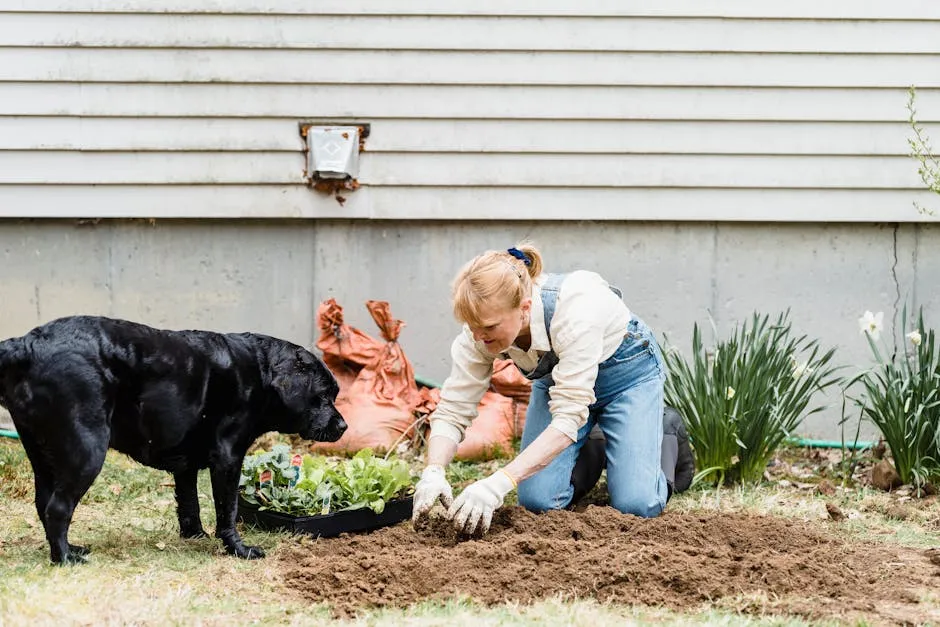
For more on companion planting strategies that can enhance your garden’s yield, check out this article on companion planting strategies for increased yield.
Growing in Arid Regions
For arid regions, the focus shifts to irrigation and soil amendments for moisture retention. Japanese Camellias thrive with consistent moisture. Therefore, regular watering is essential. Water deeply but infrequently, allowing the soil to dry slightly between waterings.
Mulch is a game changer in these conditions. A thick layer of organic mulch, such as wood chips or bark, helps retain soil moisture and reduces temperature fluctuations. You might even want to try a mulching machine for easier application!
Incorporate soil amendments like compost or water-retaining crystals into the planting area. These additions enhance the soil’s capacity to hold moisture. Adjust your watering frequency according to seasonal changes, ensuring your Camellias receive the hydration they need. With these practices, even in dry climates, your Camellias can thrive beautifully.
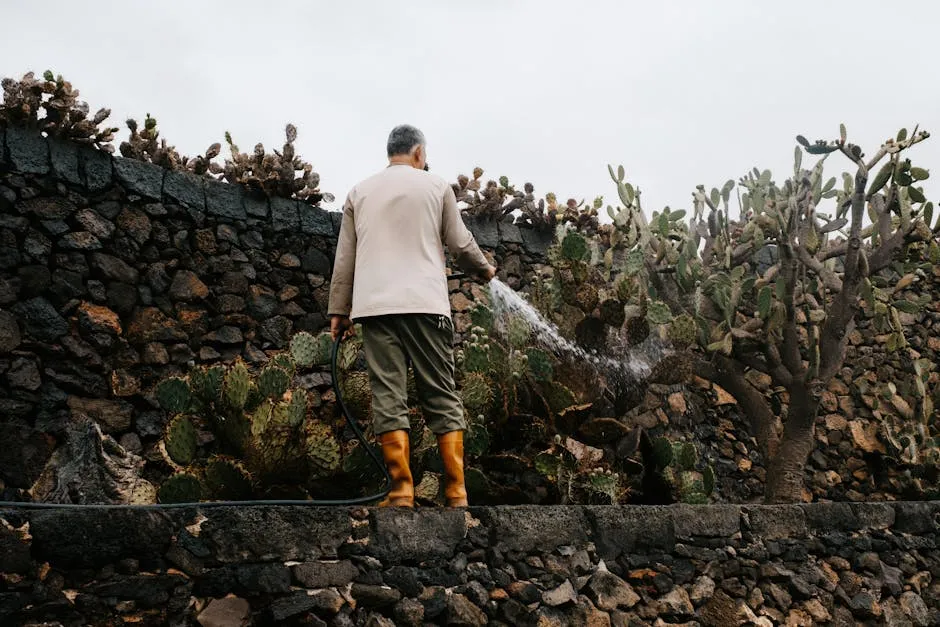
Common Problems and Solutions
Soil-Related Issues
Growing Japanese Camellia trees can come with challenges related to soil health. Signs of poor soil include yellowing leaves, stunted growth, and root rot. These issues often stem from nutrient deficiencies or waterlogged conditions.
To improve soil quality, consider adding organic matter like organic fertilizer or well-rotted manure. These amendments enhance drainage and provide essential nutrients. Regular soil testing helps you monitor pH levels, aiming for the ideal range of 5.5 to 6.5. If your soil is too alkaline, adding sulfur can help lower the pH.
Common pests, such as aphids and scale, can thrive in unhealthy soil conditions. They can lead to further damage if left untreated. Regular inspections and appropriate treatments, like insecticidal soap, can keep these pests at bay. Maintaining good soil health is key to preventing these issues, ensuring your Camellia trees thrive.

If you’re dealing with pests in your Japanese gardens, you might find helpful strategies in this article about common pests in Japanese friendship gardens and how to control them.
Conclusion
In summary, the right soil is crucial for Japanese Camellia trees. Healthy soil promotes strong growth and vibrant blooms. Assess your soil conditions regularly and make necessary amendments to enhance its quality. For further assistance, consider exploring local resources or consulting gardening experts. A little effort can lead to stunning results in your garden!
To keep your gardening organized, a garden journal notebook can be a great companion. Record your plantings, observations, and even your victories (or mishaps)! You’ll thank yourself later.
FAQs
What type of soil is best for Japanese Camellia trees?
Japanese Camellia trees thrive in well-draining, slightly acidic soil. Aim for a pH between 5.5 and 6.5. Loamy or sandy soils enriched with organic matter are ideal for their growth.
Can I grow Japanese Camellia in clay soil?
Yes, you can grow Japanese Camellias in clay soil, but it’s essential to improve drainage. Incorporate organic materials like compost or perlite to enhance soil structure and prevent water retention.
How often should I water my Camellia?
Watering your Japanese Camellia is crucial for its health. The frequency depends on soil type and climate. In loamy or sandy soils, water regularly to maintain consistent moisture. These soils drain well but can dry out quickly, especially during hot spells. Aim for deep watering once a week. In cooler, wetter climates, cut back on watering. Overwatering can lead to root rot in these conditions. Always check the soil moisture before watering. If the top inch feels dry, it’s time to water. In hot, dry climates, increase your watering frequency. These regions can quickly dry out your soil, so monitor moisture closely. Adding mulch helps retain moisture and keeps roots cool. Finding the right balance is key. Consistent moisture promotes strong growth and stunning blooms.
What is the best way to test soil pH for Camellias?
Testing your soil pH is essential for healthy Camellia growth. The ideal pH range for these plants is between 5.5 and 6.5. You can easily test your soil using a pH test kit available at garden centers. Start by collecting a soil sample from your planting area. Follow the instructions on the kit for accurate results. If your soil is too alkaline, consider adding sulfur or peat moss to lower the pH. You can also use natural methods. Planting acid-loving plants like azaleas nearby can indicate soil acidity. If they thrive, your soil is likely suitable for Camellias. Regular testing ensures your Camellias receive the nutrients they need. Adjusting pH levels promptly can prevent issues like yellowing leaves and poor blooms.
Can Camellia trees adapt to different soil types?
Japanese Camellia trees are notably adaptable. They can thrive in various soil types, including sandy, loamy, and even clay soils. However, amendments may be necessary for optimal growth. In sandy soils, add organic matter to improve moisture retention and nutrient availability. Loamy soils usually provide a good balance, requiring minimal amendments. If your soil is heavy clay, incorporate compost or perlite to enhance drainage. While Camellias can tolerate slightly alkaline soils, they prefer slightly acidic conditions. Regularly check your soil’s pH and adjust as needed to keep your plants thriving. Understanding your specific soil type allows for targeted amendments. This ensures your Camellias grow strong and produce lush blooms, regardless of the soil conditions.
Please let us know what you think about our content by leaving a comment down below!
Thank you for reading till here 🙂
All images from Pexels



